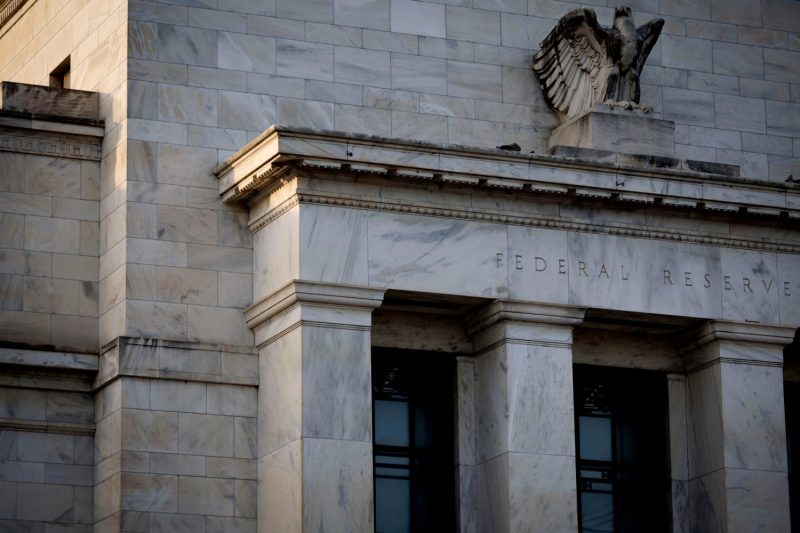The significant role that the Federal Reserve plays in shaping the economy has brought about much speculation and anticipation among market participants. The debate surrounding the timing of potential rate cuts has been a focal point for many analysts and investors alike. In this article, we will delve into the indicators that the markets are closely monitoring in a bid to determine when the Fed might commence cutting rates.
One of the key economic indicators that market participants are scrutinizing is inflation. Throughout the Federal Reserve’s history, stable prices have been a cornerstone of its monetary policy. Should inflation exhibit signs of straying too far below the Fed’s target rate of 2%, it could prompt the central bank to consider cutting rates to stimulate economic growth. Conversely, if inflation were to spike significantly above the target rate, the Fed could opt to raise rates to cool down the economy and prevent overheating.
Another critical factor that market analysts are paying close attention to is the labor market. Unemployment figures, job creation rates, and wage growth are all essential metrics that can offer insights into the health of the economy. A strong job market with robust wage growth is typically indicative of a healthy economy, and the Fed may be less inclined to cut rates in such a scenario. Conversely, a weakening job market or sluggish wage growth could prompt the central bank to consider rate cuts as a means of stimulating economic activity.
The global economic landscape also plays a crucial role in the Fed’s decision-making process. Trade tensions, geopolitical events, and economic developments abroad can all impact the U.S. economy, influencing the Fed’s monetary policy decisions. Should external factors pose a threat to economic growth and stability, the Fed may choose to cut rates to mitigate potential risks and support domestic economic activity.
Financial market conditions are yet another area of focus for market participants awaiting potential rate cuts. Stock market volatility, bond yields, and credit conditions can all provide valuable insights into market sentiment and economic conditions. A volatile stock market or tightening credit conditions could indicate underlying concerns about the economy, potentially prompting the Fed to consider rate cuts to bolster investor confidence and encourage lending.
In conclusion, the timing of potential rate cuts by the Federal Reserve is a subject of significant interest and speculation among market participants. By closely monitoring key economic indicators such as inflation, the labor market, global economic developments, and financial market conditions, investors can gain valuable insights into the factors that may influence the Fed’s monetary policy decisions. Ultimately, the Fed’s ability to strike a balance between supporting economic growth and maintaining price stability will be instrumental in guiding its future rate-cutting decisions.




























